
Stragility
Excelling at Strategic Changes
Recommendation
Organizations must regularly update and transform their operations and activities or face becoming irrelevant. Yet, most transformations fail due to poorly developed or badly executed strategy, stakeholder hostility, internal political opposition, the incipient pressures that accompany any change, or a combination of these problems. To help companies maneuver through these issues, strategy experts Ellen R. Auster and Lisa Hillenbrand created the “Stragility” concept – a structured approach to implementing “strategic, agile, people-powered change.” They explain how your firm can implement Stragility’s insightful diagnostic drills and strategic practices to refine their tactics and keep pace with change. getAbstract recommends Auster and Hillenbrand’s insightful, intelligent and highly readable strategy manual to planners and executives.
Summary
About the Author
Ellen R. Auster is professor of strategic management and founding director of the Schulich Center for Teaching Excellence at the Schulich School of Business, York University, Toronto. Lisa Hillenbrand led the team that re-engineered Procter & Gamble’s brand-building approach.


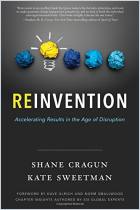
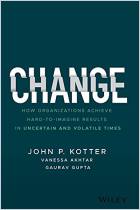
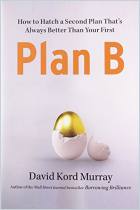
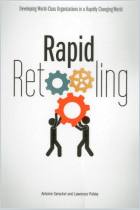
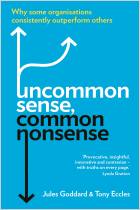
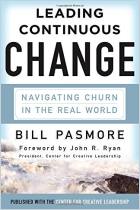




Comment on this summary